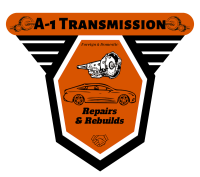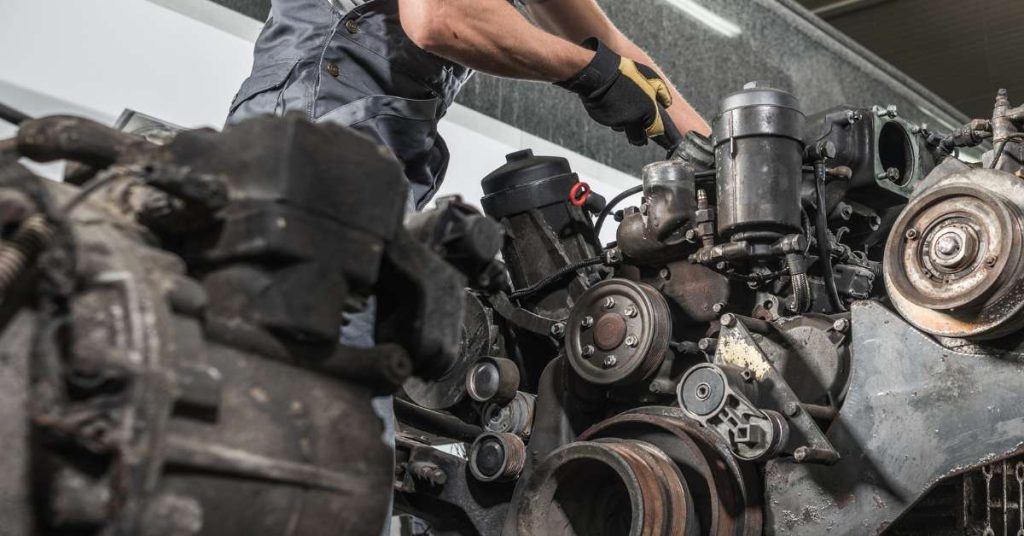How Often You Need an Engine Rebuild: Unveiling the Secrets to Prolonged Engine Lifespan
In the realm of automotive enthusiasts, the question of when an engine needs a rebuild is akin to deciphering the secrets of the universe. Engine rebuilds can breathe new life into a tired motor, restoring lost power and performance.
However, the timing of such a significant undertaking depends on various factors, including usage, maintenance, and the type of vehicle. In this comprehensive guide, we delve into the intricacies of engine lifespan, key indicators signaling the need for a rebuild, and proactive steps to maximize the distance between overhauls.
Whether you're a devoted classic muscle car aficionado or a daily driver enthusiast, this article will equip you with valuable insights to balance your passion for restoration with budgetary considerations.
Understanding the Average Engine Lifespan
The lifespan of an engine is influenced by multiple factors, and pinpointing an exact timeframe can be challenging. However, on average, a well-maintained engine can last anywhere between 150,000 to 300,000 miles. Regular oil changes, timely replacements of filters, and adherence to the manufacturer's recommended maintenance schedule play pivotal roles in extending the engine's longevity.
For daily drivers subjected to the rigors of stop-and-go traffic and extended idling, the lower end of this range is more typical. On the other hand, classic muscle cars that spend less time on the road and more time in storage may approach or even exceed the upper limit. It's essential to recognize that these figures are rough estimates, and individual experiences may vary based on driving habits and maintenance practices.
Signs Your Engine Needs Rebuilding
While engines are designed to endure substantial wear and tear, certain symptoms signal that a rebuild might be in order. Recognizing these signs early can save you from catastrophic failures and extensive repair bills. Here are some indicators that your engine might be due for a rebuild:
- Loss of Power and Efficiency: If your vehicle is struggling to accelerate, experiencing reduced fuel efficiency, or exhibiting a noticeable loss of power, it could be indicative of internal engine wear.
- Excessive Smoke: Blue or white smoke emanating from the exhaust is a cause for concern. It may signify burning oil, a symptom of worn-out piston rings or other internal components.
- Knocking or Pinging Noises: Unusual noises, such as knocking or pinging, can suggest issues with the engine's internals, including worn bearings, piston slap, or a damaged crankshaft.
- Unusual Odors: Strange smells, especially those resembling burnt oil or coolant, can be signs of internal leaks or overheating, both of which may necessitate an engine rebuild.
- Visible Metal Shavings in Oil: During routine oil changes, inspecting the drained oil for metallic particles or shavings can provide early indications of internal component wear.
- Persistent Oil Leaks: While minor oil leaks are common, persistent and significant leaks may be indicative of gasket failure or other internal issues requiring attention.
- Consistently Overheating: Chronic overheating can lead to accelerated wear and damage to engine components, making a rebuild a potential necessity.
It's crucial to address these symptoms promptly by consulting with a qualified mechanic. Ignoring warning signs can result in more severe damage and escalate repair costs.
Maximizing Miles Between Overhauls: The Key to Engine Longevity
While engine rebuilds are inevitable for aging vehicles, adopting proactive maintenance practices can significantly extend the distance between overhauls. Here are some essential tips to maximize the lifespan of your engine:
- Regular Oil Changes: Engine oil serves as the lifeblood of your motor, providing lubrication and cooling. Regular oil changes, following the manufacturer's recommendations, are fundamental to preventing premature wear and ensuring optimal engine performance.
- Quality Oil and Filters: Investing in high-quality engine oil and filters can make a substantial difference. Premium lubricants with the right viscosity and additives contribute to reduced friction and enhanced protection against wear.
- Cooling System Maintenance: Overheating is a primary culprit for engine damage. Ensure that your vehicle's cooling system is functioning correctly by checking coolant levels, flushing the radiator, and inspecting hoses for leaks.
- Timely Replacement of Belts and Chains: Timing belts and chains play a crucial role in synchronizing engine components. Replace them at the recommended intervals to prevent catastrophic failures that can result from their failure.
- Air Filter Replacement: A clean air filter promotes efficient combustion and protects the engine from contaminants. Replace the air filter regularly to maintain optimal performance and fuel efficiency.
- Addressing Minor Issues Promptly: Small issues, if left unattended, can escalate into major problems. Attend to minor leaks, unusual noises, or warning lights promptly to prevent further damage.
- Avoiding Extended Idling: Extended periods of idling contribute to increased wear on internal components. If your vehicle tends to idle for extended durations, consider turning off the engine when stationary for extended periods.
- Warm-Up Periods: Allow your engine to warm up before driving, especially in colder climates. Cold starts put additional stress on internal components, and a brief warm-up period allows for proper lubrication.
Balancing Passion with Budget: Classic Muscle Cars vs. Daily Drivers
For enthusiasts who revel in the restoration of classic muscle cars, the question of when to embark on an engine rebuild is often intertwined with the emotional connection to the vehicle. Classic cars, with their nostalgic appeal and unique characteristics, hold a special place in the hearts of owners. However, the decision to rebuild an engine must be balanced with practical considerations, especially when it comes to budget.
Classic muscle cars, driven less frequently and often stored meticulously, may not require as frequent rebuilds as daily drivers subjected to the demands of regular commuting. Owners of classic cars should focus on preventative maintenance, including regular startups, fluid checks, and climate-controlled storage, to preserve the engine's condition during periods of inactivity.
On the other hand, daily drivers endure the brunt of daily commutes, stop-and-go traffic, and exposure to the elements. For these vehicles, a more vigilant approach to maintenance is crucial, with a keen eye on the symptoms mentioned earlier. Routine check-ups and adherence to the manufacturer's maintenance schedule become paramount to extending the engine's life.
In conclusion, the frequency of engine rebuilds depends on a multitude of factors, ranging from maintenance practices to the type of vehicle. By recognizing early warning signs, adopting proactive maintenance habits, and balancing restoration passion with budgetary constraints, enthusiasts can navigate the journey of engine ownership with confidence.
Whether you're behind the wheel of a classic muscle car or a trusty daily driver, understanding the secrets to prolonged engine lifespan empowers you to make informed decisions, ensuring your engine roars to life for many miles to come.


